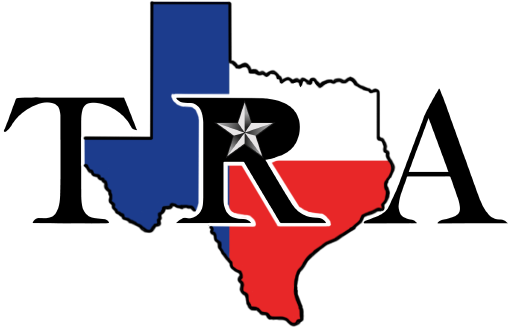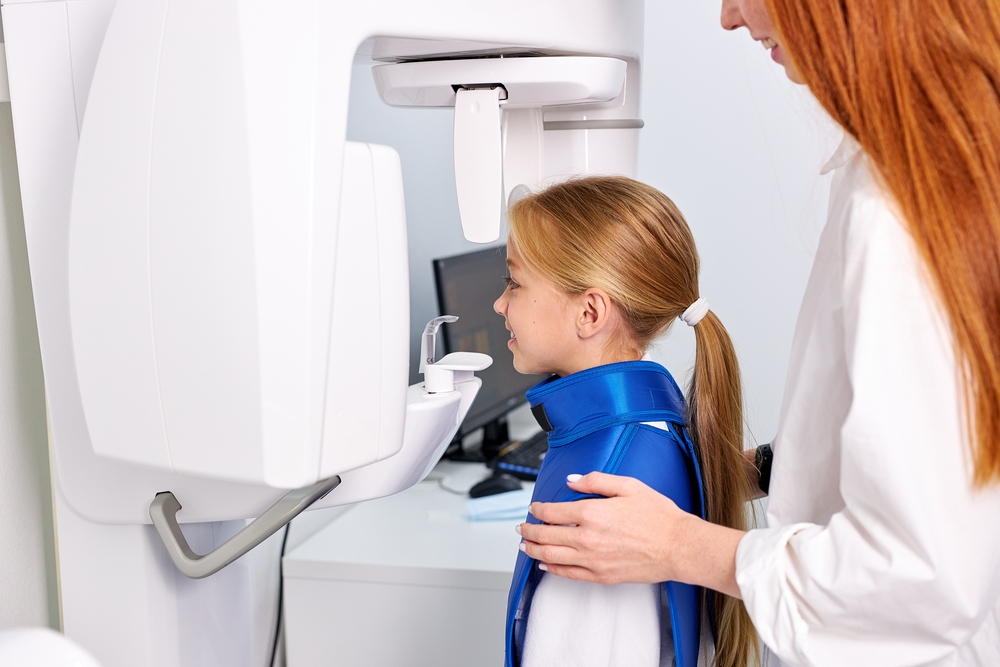Secondhand smoking remains a public health concern worldwide, as it harms not only the smoker but also those around them, particularly children. As parents or guardians, it’s vital to be aware of the impact of secondhand smoke on your child’s health. Long-term exposure to tobacco smoke can increase the risk of lung cancer, chronic obstructive pulmonary disease (COPD), and other respiratory illnesses. Fortunately, with technology today, checking your child’s lung health is easier and more convenient than ever.
1. Understanding Radiology Imaging
Radiology is a branch of medicine that uses medical imaging to diagnose and treat diseases within the body. Radiology involves various types of imaging examinations that use different technologies such as x-rays, computed tomography (CT), Magnetic Resonance Imaging (MRI), and ultrasound machines. These technologies allow doctors to visualize your child’s lung tissue or chest wall and to detect any changes or irregularities.
2. The Importance of Regular Check-ups for Children
Children who are exposed to secondhand smoke are more susceptible to developing lung-related illnesses, such as bronchitis, pneumonia, asthma, and ear infections. It’s necessary to keep a close eye on your child’s respiratory health and identify any potential problems as early as possible. Regular check-ups help doctors monitor changes in your child’s breathing, lung function, or lung tissue development, which can help with early detection and treatment.
3. Radiology Exams for Checking Lung Health
Various imaging tests can be used to check your child’s lung health, depending on their age and symptoms. For example, chest x-rays are commonly used to check the lungs for any changes. CT scans, meanwhile, are more detailed images and are used to assess the lungs and other organs. MRI scans can provide detailed images of the lungs and other organs, while ultrasounds can detect any issues that other tests may not detect.
4. Preparation and Safety for Your Child’s Radiology Exam
Before your child’s radiology exam, it’s essential to speak to your child’s doctor about any risks and benefits, provide as much information as possible, and answer any questions. During the exam, your child needs to be still and remain calm to ensure quality images. Children exposed to secondhand smoke may require additional safety precautions, including special shielding to protect them from excessive radiation exposure.
5. The Role of Parents and Guardians
As parents or guardians, you can play an active role in monitoring your child’s respiratory health. Educate yourself on the dangers of secondhand smoking and its impact on your child’s health. Stay in touch with your child’s doctor and follow up on any concerns or recommendations. Start smoking cessation if necessary, and avoid smoking around your children. Take preventive measures, such as reducing outdoor pollution exposure, to minimize any respiratory risks.
In conclusion, regular check-ups for your child’s lung health, particularly if they’re exposed to secondhand smoke, are essential. Radiology plays a vital role in the detection, diagnosis, and treatment of lung-related illnesses. Speak to your child’s doctor about any concerns or questions you might have and take an active role in keeping your child as healthy as possible. Remember, prevention is always better than cure. Take a step today to safeguard your child’s respiratory health by scheduling a regular lung check-up.

